Alternative Social Media

Have you noticed that your Facebook and Instagram content seem to be getting less and less attention with each passing day? Posts that used to reach thousands of people who like and follow your brand now seem to bring in only a slow trickle. Even your ad performance may be dropping. And, that may be […]
